Jim Estes got his start as an ecologist by chance. Half a century later, his research on sea otters is heralded as a classic case study on keystone species.
Features
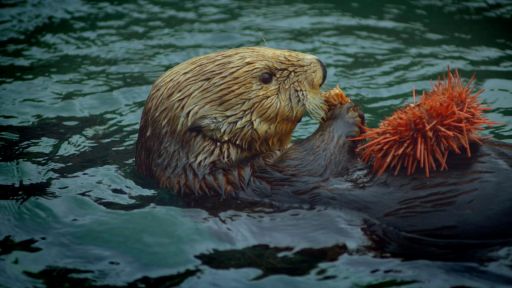
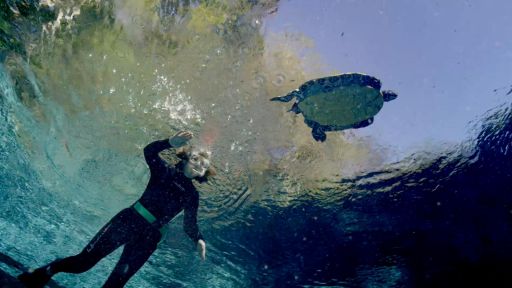

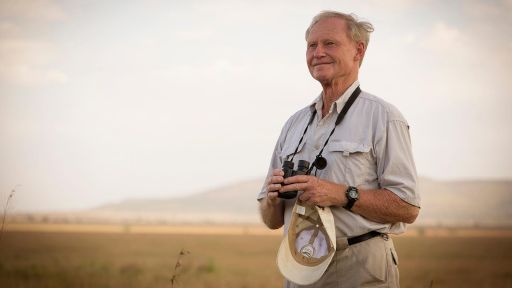
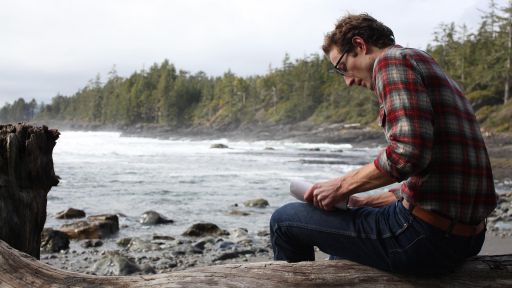
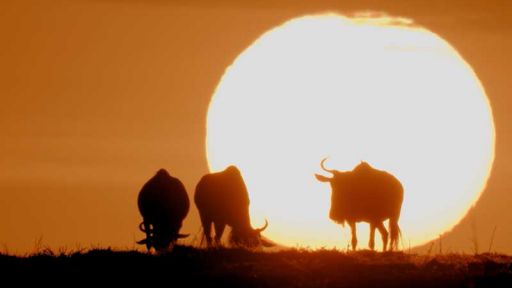
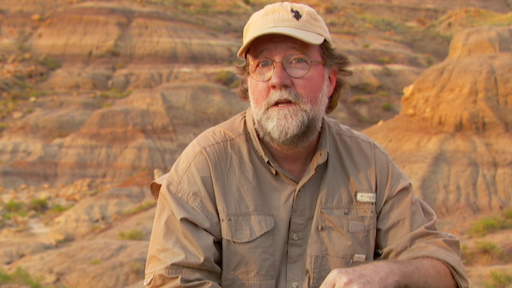
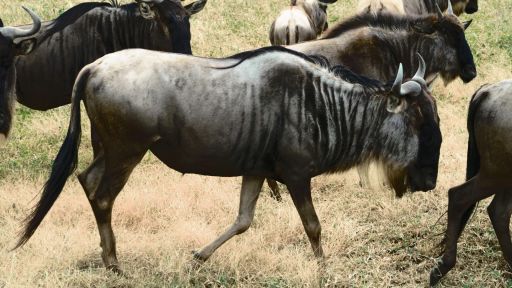
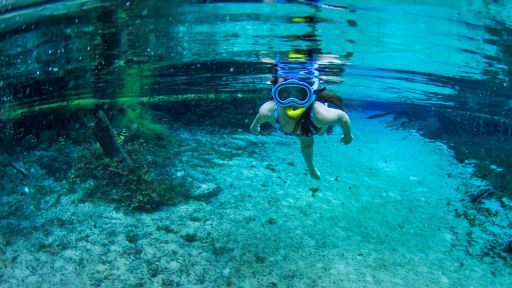
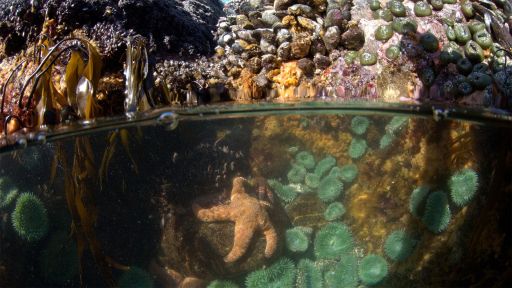

♪ (crackiling turbulance) JIM: I had no intention of becoming a marine biologist.
I probably would not have studied marine ecology, had it not been for the Vietnam war.
When I was called for my physical, I had a knee that snapped.
The marine doctor there he said, 'Buddy you're done,' you know.
(laughing) Shortly after I received a phone call, from one of my former professors.
They were looking for somebody to go out and work on sea otters.
(turbulance) Two weeks later I was on my way out there.
All I knew was it was a wild and a really scary place.
There's a sign when you get off the airplane there, not the end of the world but you can see it from here.
(waves breaking) ♪ I'd never worked in the ocean.
I'd never seen an otter.
In fact, I remember the first one I saw and how amazing it was to see this creature, laying there on its back.
Floating there, all fluffed up on the surface of the ocean.
But I'll tell you, hands on they are a fierce customer.
I find them to be fascinating animals.
Had I not started working on otters, I would have never had an opportunity to see new things and be out in nature.
I've been there for 50 years.
It's a beautiful place.
The Aleutians are just about as wild a place as you could ever imagine.
I just love being out there.
It's emotionally very nourishing to me to be in such a wild place.
♪
